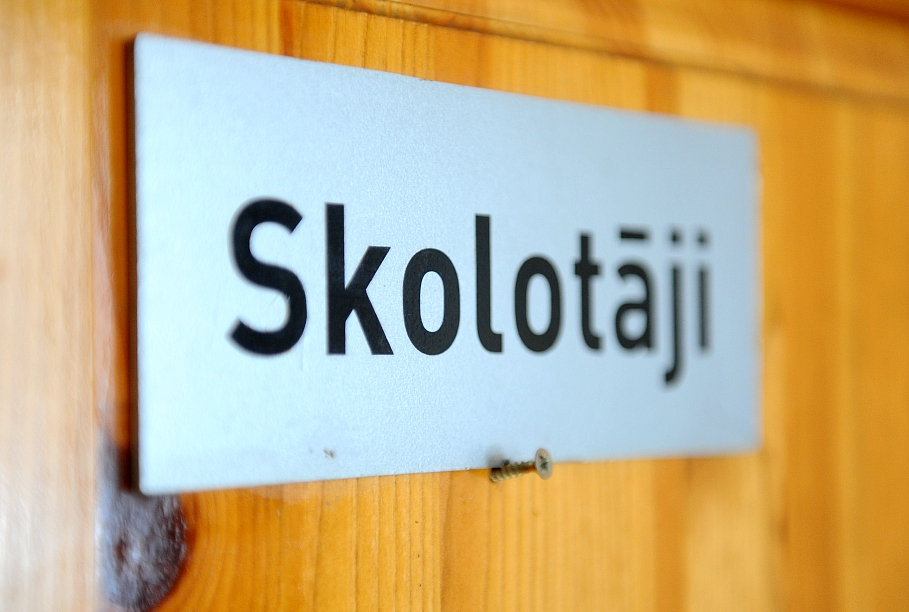Herchenbach
Pfaffenhofen
The 50-year-old insures everything that cuddles: dogs, cats and rabbits. From a premium of 9.99 euros per month, depending on the species and breed, the “TIERdirekt” pays surgery bills in the event of an accident and illness, from 14.99 euros there’s the all-round package that covers examinations, treatments and preventive services – from 1. November without limit upwards. The world’s largest reinsurer is behind the insurance. Haverkamp was awarded in the categories “Customer Benefit” and “Digitization”: It works like this: The veterinarian sends his invoice data electronically directly from the practice system to the TIERdirekt service interface. In a matter of seconds, the veterinarian and patient owner receive a cover letter in the practice – this works in the same way as with a vehicle damage insurance that the driver has assigned to the workshop.
Haverkamp launched its offer in June a year ago, 1,000 pet owners have already had Lumpis, Lucys and Hopsis insured against broken legs, ear infections and worms. A promising start: “We want 100,000 policyholders,” says Haverkamp. The outlook is not bad, as veterinary costs are rising significantly. “More and more pet owners recognize”, Haverkamp has found, “that health insurance represents sensible risk coverage for their four-legged friend.” While there has been health insurance for pets in Great Britain for over 70 years – with an annual premium volume of around 1.5 billion euros – and in Sweden 60 percent of all pet owners have a policy, Germany is an almost unsettled field for animal insurers. A handful of insurance companies have only been offering such contracts for 30 years, which are only used by around two percent of owners.
Haverkamp believes that this will also change because the relationship between humans and animals has changed significantly. In the days of the Bremen Town Musicians, dogs were there to herd the farm and cats to catch mice, today they are family members. It was only recently discussed at an event whether one should speak of “pet parents” instead of “pet owners”; and whether it is not more appropriate to talk about eating instead of eating. Speaking of nutrition: Americans are now spending more money on dog food than on baby food. A trend that can also be observed in Germany. The love of animals seems to be limitless.
For Haverkamp’s offer, that means room for improvement. The agronomist and computer scientist with a doctorate recently worked for large insurance companies and headed the competence center for agriculture, which is also responsible for animal insurance. And discovered a niche in the process: health insurance for fur noses. Why not also for guinea pigs, golden hamsters and iguanas? “Because,” says Haverkamp, ”you need suitable identification for the animals.” So a chip implanted under the skin or a tattoo. Otherwise, theoretically, “ten black Labradoodles could be insured on one policy,” maybe even some from the neighborhood. But guinea pigs – you can think about that, says Haverkamp, who has also received an inquiry from the owner of a ferret and chinchilla. Statistically, dog owners go to the vet around three and a half times a year, on average they spend 6,000 to 9,000 euros on veterinary treatments over a twelve-year dog’s life. In individual cases, however, the costs can be significantly higher. Haverkamp cushions the risk. More than that: Anyone who has taken out all-round protection even benefits from preventive services: If velvet paws are prone to periodontosis because their teeth are no longer so challenged due to the lack of mice, even tartar removal and caries treatment are paid for. The fact is that diseased teeth, as in humans, significantly reduce the well-being of animals. With the all-round package, Waldi and Miezi can even be given gentle healing methods: magnetic field therapy, chiropractic, acupuncture or even homeopathy. Wait, globules should also help paw runners? Isn’t it undisputed that this healing method also helps because the patient believes in its effectiveness? Bello, to whom the tiny balls are mixed with food, logically lacks this insight. For Stephan Haverkamp there is no question: Homeopathy can also help animals – if only because owners believe in it and therefore treat their darling with special care; and the four-legged friends feel that. Even behavior therapy is covered by the policy, but it must be medically indicated. However, there are exclusion criteria for the insurance: a maximum entry age of six years applies for dogs, cats must not be older than eight and rabbits not older than four years. What Haverkamp also does not insure: The treatment of breeding-related malformations in short-headed breeds. For example, the surgical correction of the pug’s airways, caused by the flat snout. Of course, these animals can also be insured, but Haverkamp, like the veterinary associations, does not want to support such breeding goals, “which mean terrible torture for many animals”.
For him, health insurance is also a means against “economic euthanasia”; for example when animals are euthanized because their owners cannot afford veterinary treatment. In particular in the emergency veterinary service, the treatments can actually be expensive, “which many pet owners massively underestimate”. Surgery is not really that expensive: the treatment of a fatal leptospirosis, an infectious disease that occurs when dogs drink from a puddle, can cost 5,000 euros. Other owners save medical costs by handing over the sick animal to the shelter.
Haverkamp now employs five people at the company’s headquarters on Niederscheyerer Straße. He shares his own office with Sammy, a 16-month-old Canilo. “A comforter of the soul”, promise the breeders, “when things are not going so well, and a clown who makes you laugh.” When it comes to that, Sammy can hold back: his master’s business is good. PK
–


